How to choose the right oxygen electrode
The Hanstech company in the UK mainly has various oxygen electrodes such as Oxytherm, Oxygraph, Chlorolab-2, Chlorolab-3, Oxyview and Leaflab-2. The main sales in China are the following four, and the three most popular among consumers are the most practical. The functions of the oxygen electrodes are similar and slightly different. If you can choose the oxygen electrode that is suitable for your own experiment? First we need to understand the function of various types of oxygen electrodes.

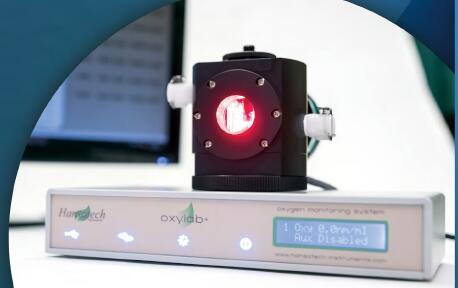
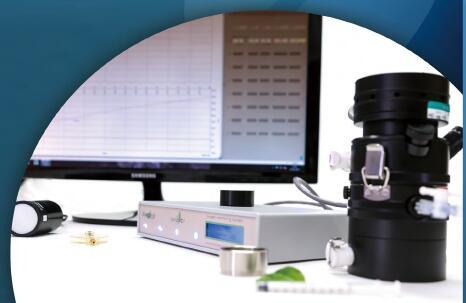
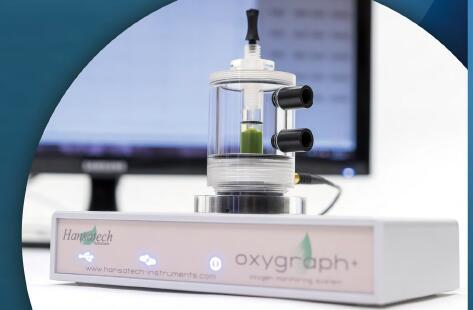
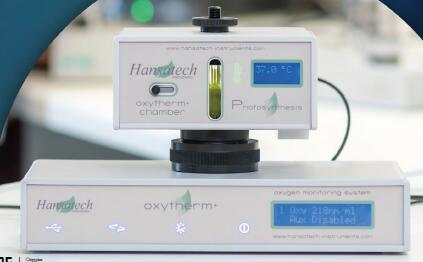
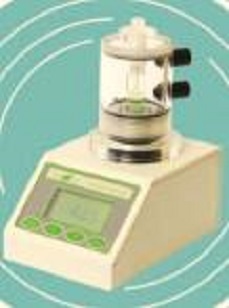
The main purpose of the oxygen electrode:
The Hanstech oxygen electrode in the United Kingdom is a high precision Clark oxygen electrode for the determination of dissolved oxygen in aqueous solutions. It is often used to study the photosynthetic rate of various animal, plant, microbial tissue respiration rate, plants, algae, etc. It is also used to study the changes of respiratory rate and respiratory pathway of plant tissues such as plant roots, buds, seeds, fruits, leaves and other tissues. The changes of cyanide-resistant respiratory pathway, cytochrome oxidase pathway, glycolysis pathway and tricarboxylic acid pathway were analyzed, and then the changes of plant stress resistance, tissue dormancy and dormancy release were analyzed.
Study mitochondrial respiration, I state, II state, III state, IV state respiration, and respiratory control rate, P / O ratio.
With powerful WINDOWS software, the data is recorded and analyzed by the computer, and the breathing rate is automatically calculated.
The difference between each oxygen electrode:
Among the most popular oxygen electrodes sold above, Chlorolab-2 and Chlorolab-3 oxygen electrodes (with light source) can perform all of the above measurements.
The Oxygraph and Oxytherm oxygen electrodes are not compatible with the Chlorolab-2/3 type because they do not have a light source and cannot measure the photosynthetic rate.
Therefore, the main difference between Chlorolab-2/3 and Oxytherm/graph is that the former can measure photosynthesis, and the latter cannot.
The main difference between Oxytherm and Oxygraph oxygen electrodes is that Oxytherm has temperature control equipment, which can automatically control temperature. The temperature control accuracy is 0.02 °C, and the temperature control range is 3-40 °C. The other features are the same.
Oxygraph can be used to control the temperature in a circulating water bath, but an additional water bath is required (the one must have circulating water)
The main difference between the Chlorolab-2 and Chlorolab-3 types is that the maximum capacity of the Chlorolab-2 type reaction cup is 5 ml and the maximum capacity of the Chlorolab-3 type reaction cup is 20 ml, the others are the same.
pay attention:
The Chlorolab-2/3 oxygen electrode is equipped with a red light source (suitable for the determination of higher plants), so when measuring algae, an additional white light source is required (not the main absorption zone of algae is not in the red zone, Some algae have obvious absorption peaks in the blue-violet region, and a single red light source cannot meet the needs of photosynthesis.
Red light source: Maximum light intensity 1200umol m-2 s-1, computer accurately controls light intensity, suitable for photosynthesis of higher plants.
White light source: maximum light intensity 1800umol m-2 s-1, maximum light intensity up to 8000umol m-2 s-1 after concentrating components and optical fiber, filter control light intensity, suitable for lower plants (such as algae, etc.) ) Photosynthesis with higher plants.
Oxygen electrodes are widely used in many fields such as plant physiology, agronomy, horticulture, pathology, food college, microbiology, zoology, biochemistry, analytical chemistry, sports and health.
Main application units: schools, hospitals, research institutes
Oxygen electrodes are used in a wide variety of applications. Major universities, Institute of Botany, Institute of Chinese Academy of Sciences, Institute of Genetics, Institute of Nutrients, Institute of Microbiology, Institute of Energy, Aquatic Institute, Union Hospital, Xiangya School of Medicine (Beihe and Nanxiangya), Tsinghua University, Peking University, Zhejiang University, China Agricultural University, Fudan University The oxygen electrodes used in Nankai, Shangda, Zhongshan University, Jinan University, Lanzhou, Nanda, Wuda and many universities in the provinces.
Glutathione And Vitamin C,L Glutathione And Vitamin C,Vitamin C Injection,Vitamin C Ascorbic Acid
Shijiazhuang Asa Technology Co., Ltd. , https://www.hskinlift.com